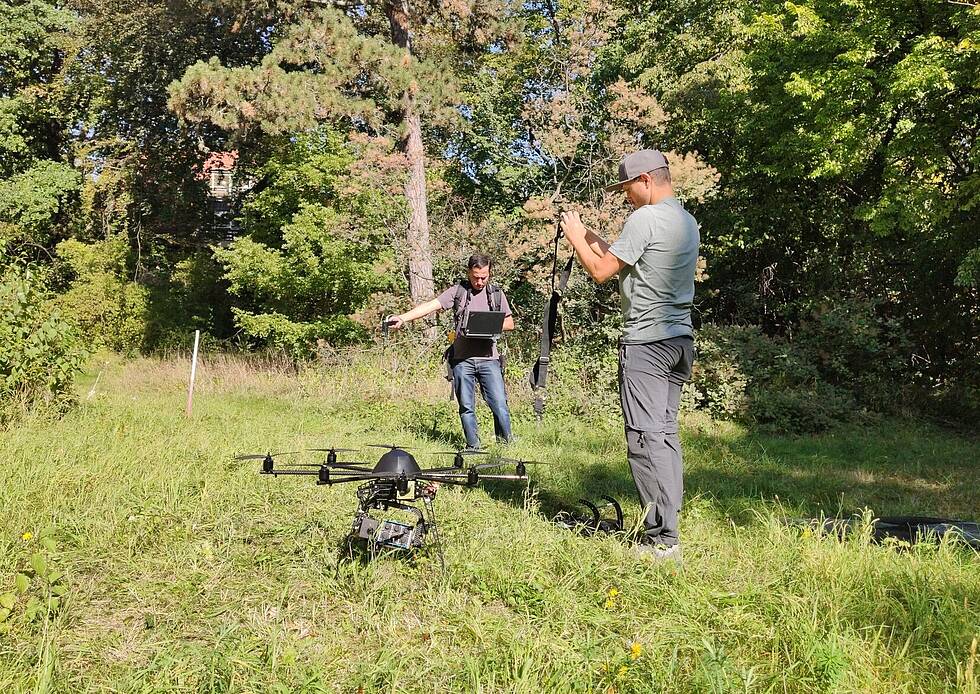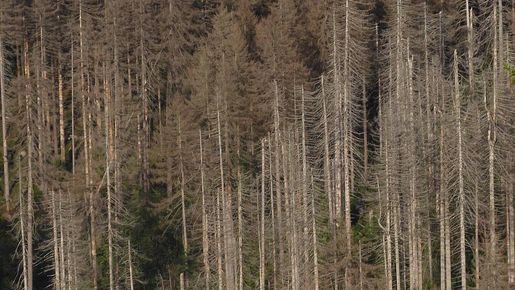Remote sensing data from various satellite missions of ESA and NASA, aerial image data as well as geodata on the state of the environment are increasingly available free of charge and in large quantities. At the same time, texts, photos and videos from social media platforms such as Flickr, Twitter or Open Street Map provide access to further information about our environment. However, a manual evaluation of the resulting huge amounts of data would be too time-consuming and labor-intensive.
The Deep Learning Competence Center of DFKI and the research area Smart Data & Knowledge Services have been developing AI procedures for the analysis of aerial and satellite images for some time now, which enable both local evaluation and global analysis. In TreeSatAI, the scientists intend to use CNNs (Convolutional Neural Networks) as well as specialized LSTM models (Long Short-Term Memory) from the field of Deep Learning to enable the automated temporal analysis of forest areas over a large area and thus support environmental and forest experts. One of the major challenges is the acquisition of sufficient, high-quality training data to train the algorithms and the evaluation of the resulting models by experts from the forest and environmental sector. Therefore, the project will use and combine the different competences of the project partners to meet the numerous challenges of this ambitious project.
Partner:
- TU Berlin: Geoinformation in Environmental Planning (Consortium management)
- TU Berlin: Remote Sensing Image Analysis Group
- LiveEO GmbH
- LUP GmbH
- Vision Impulse GmbH
Runtime:
01.06.2020 - 31.05.2022
Funding reference:
BMBF 01IS20014D


